Which tawa is better, Iron or cast Iron?
One of the questions that bother us is whether there is a difference between cast iron and Iron cookware and if yes, what is the difference, where is it used & which one should we opt for?
Based on our documentation of oral traditions from the communities making these for centuries, generations who have used it in the past & scientific understanding, we bring to you the below insights.
First, let us differentiate between duration taken to cook any food. Cooking that needs longer duration and the ones that need a shorter duration plays an important role in deciding which is the right cookware for your needs- Iron or cast iron cookware.
Tawas are made of both Iron and cast iron. Tawa is used for making roti, paratha, dosa, uttapam, etc which need a shorter time to get done. Let us understand what makes them different fundamentally.
Iron Tawa Cast Iron Tawa

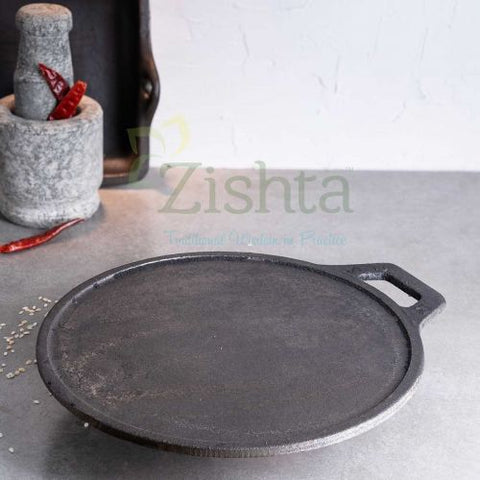
Iron tawa is made of Iron sheets which are cut into shapes of the Tawa. In manufacturing factories, the process ends here and the final product is sent to the retailers. In one community who have been traditionally making Iron tawas for generations, there is further processing like heating, beating, etc.
Cast Iron tawa is made by melting either pure Iron or scrap Iron, again depending on the community making it and doing sand casting as a process to get the desired shape. Now, the earliest form of tawa was made of Iron. Cast iron came into usage later on.
Which tawa is a better option Cast Iron or Pure Iron?
Ideally, it depends on one’s comfort level. From a functionality of their output of giving crispy dosa etc, both work similarly. Cast iron tends to give a little higher Iron addition in the food. It needs seasoning and gets better with usage. And yes, cast iron is breakable. Iron tawa does not need seasoning and can be used immediately. They are not breakable as well.
Zishta Iron & Cast Iron cookware
Zishta collaborates with the community of artisans from Tenkasi region in Tamil Nadu for the Iron & cast iron cookware. The craft is at least 300 years old & popular for their unique way of making high quality (popularly known as railway grade Iron) hand-made Iron & cast iron cookware. A few decades back, there were over 30 units and today there is only 1 small foundry due to unavailability of labour. It is so far the only known place to use railway grade Iron which is also called as first-grade Iron. The Iron tawa made here has the unique traditional process of heating it to red hot using hay and coal and beating it to remove any impurities.
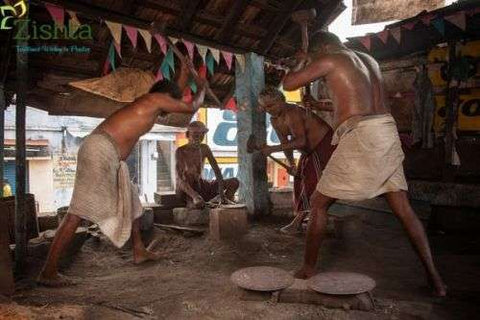
The key ingredient into making the best-cast iron cookware here is the sand cast made of the local river sand. Their age-old technique of sand casting using sand from the local river has set this artisan cluster apart. It is also the only known place to melt pure Iron to make cast iron cookware. The entire process is manual thereby creating a completely handcrafted authentic product. The process ends with treatment using hay & gingely oil (til/ Sesame oil).

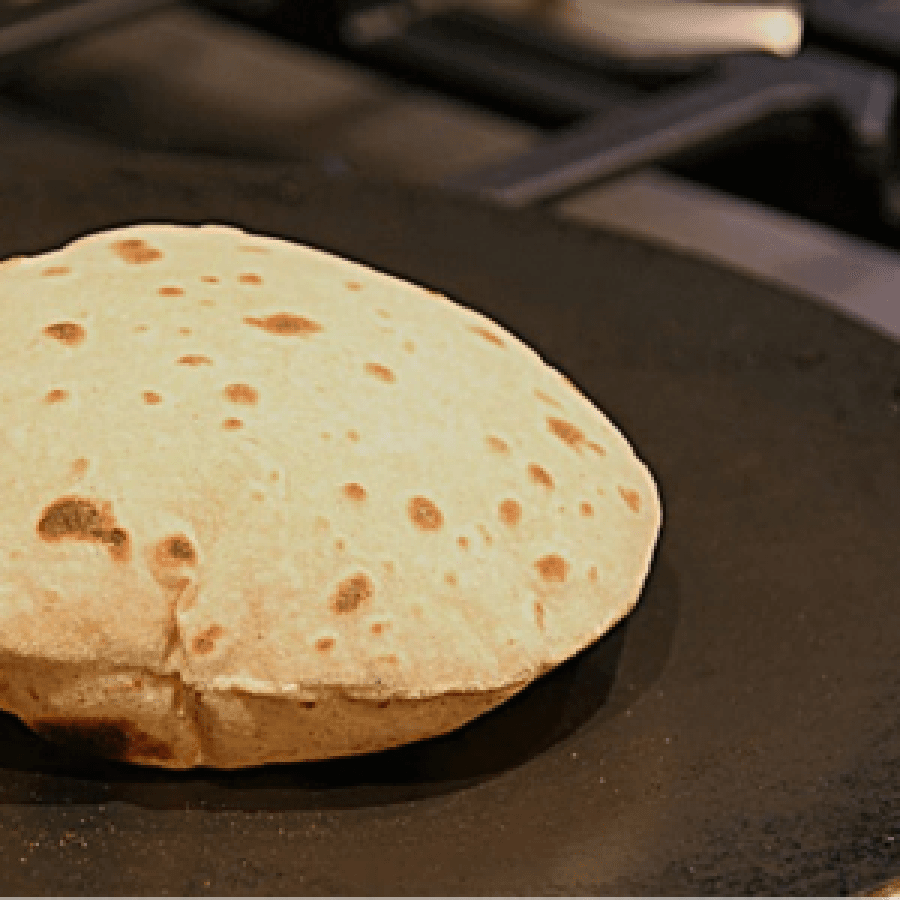
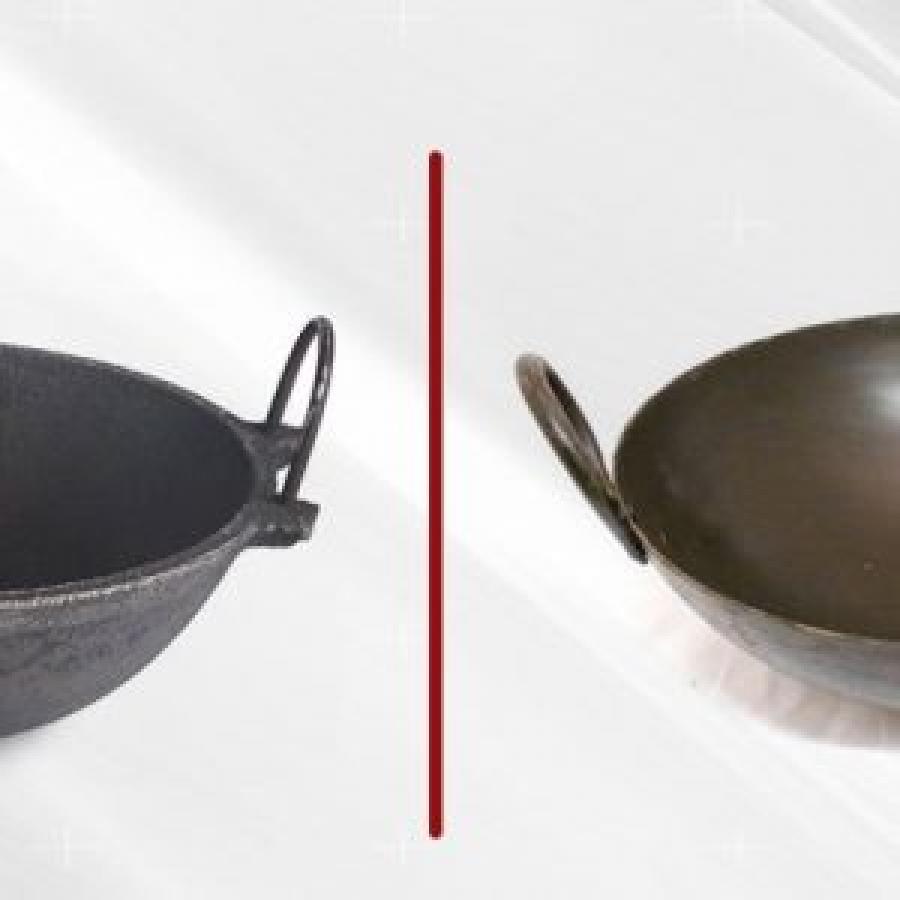
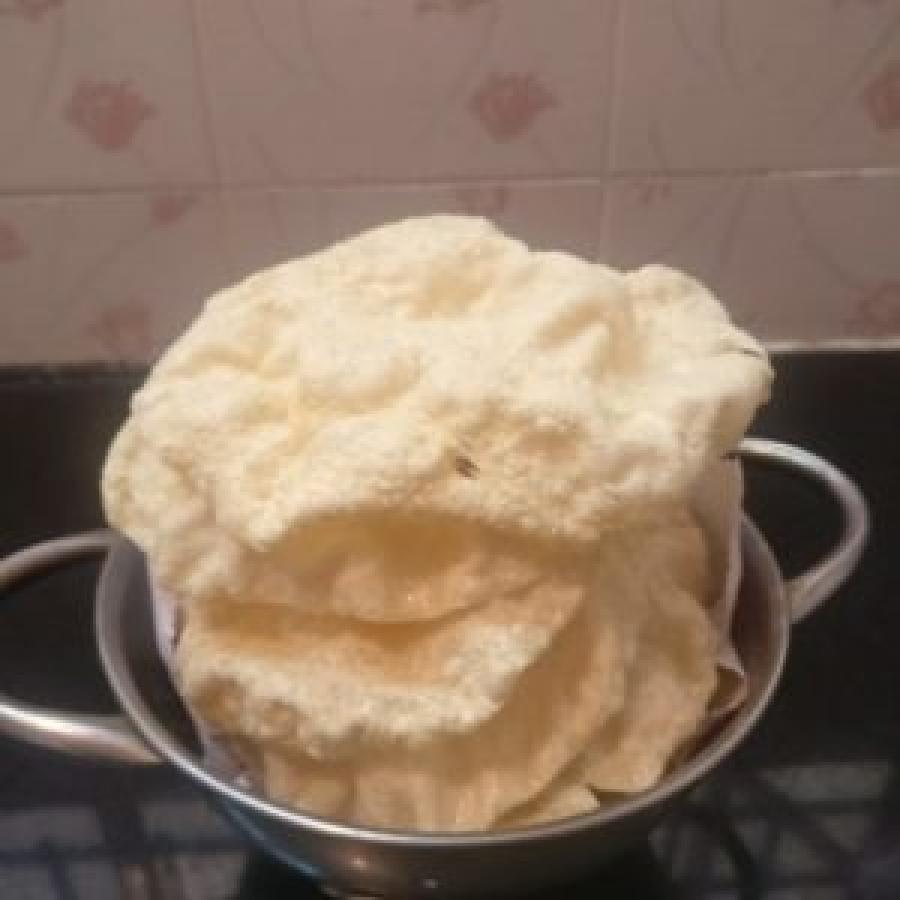
5 comments
Narayanaswami
Very useful infiormation
TS Chhatwal
Interested in iron/cast iron cookware
TS Chhatwal
Interested in iron/cast iron cookware
Anne
Very useful information 👍🏼
Anne
Very useful information 👍🏼
Leave a comment
All comments are moderated before being published.
This site is protected by hCaptcha and the hCaptcha Privacy Policy and Terms of Service apply.